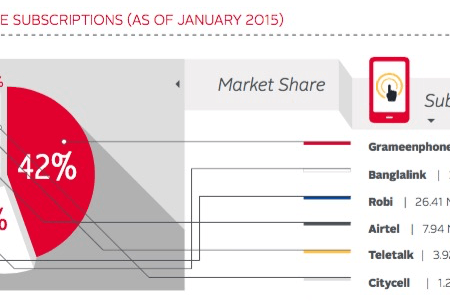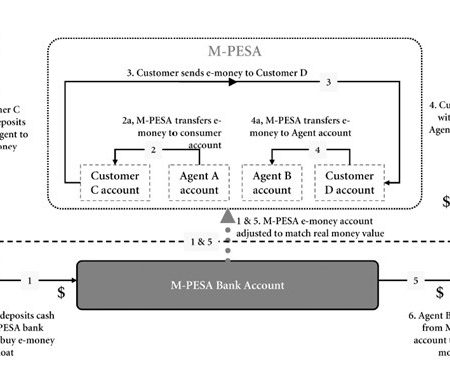Performance Evaluation under Venture Capital Framework
Based on the consensus collected from majority of the EIs, a fund manager can be replaced. So, it is extremely important to evaluate the Fund manager’s performance at a regular basis. There are a number of yardstick through which the performance of a fund manager can be evaluated.
- PIC (paid –up capital) – Generally a ratio between the committed capital and paid-up capital is calculated after the final settlement of the fund corpus. A higher proportion of paid-up capital to committed capital symbolizes the efficiency of fund-drawing capability of the fund manager and it also represents the trust people bestow upon that fund manager.
- DPI (distributed to paid-up capital) – It indicates the portion of the vested capital that has already been paid to different eligible investors. Higher this ratio, superior is the performance of the fund manager.
- RVPI (residual to paid-up capital) – It indicates the portion of the fund’s value that has not yet been distributed by the fund manager. Since it is the undistributed portion of the portfolio, its value can always drip by big margin. Still higher this ratio, superior is the performance of the fund manager.
- TVPI (total value to paid-up capital) – It is the combination of the realized and unrealized portion of the fund and it actually indicates the total value of the firm. Higher this ratio superior is the performance of the fund manager.
- Gross IRR (internal rate of return) – It is true that most of the portfolio companies whereby the fund is investing are actually highly illiquid; under this measurement of performance it is assumed that the cash flow to be received will be reinvested at the IRR. Since it is a gross measurement, it is assumed that while calculating the gross IRR, carried interest and management fee will not be considered.
- Net IRR (internal rate of return) – It is true that most of the portfolio companies whereby the fund is investing are actually highly illiquid; under this measurement of performance it is assumed that the cash flow to be received will be reinvested at the IRR. Since it is a net measurement, it is assumed that while calculating the net IRR, carried interest and management fee will be considered.
Apart from these monetary yardsticks there are a number of qualitative benchmarks like the exit price of the portfolio companies, the success of exit planning strategy and most importantly the post IPO performance of the offloaded companies.
Date: 04 September 2017
Blog Writer: Hussain Ahmed Enamul Huda










Leave a Reply